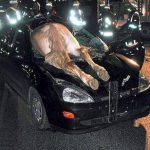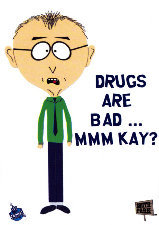Yesterday, the NTSB released findings from an investigation of a medical flight that crashed in Mosby, Missouri in 2011. I’ve written about distracted driving before, but this is the worst example I’ve seen.
Apparently, the pilot was having a text conversation during the preflight check and missed the fact that the ship was low on fuel. Once enroute, he finally noticed the situation, but proceeded to pick up a patient for transport, planning on a refueling stop enroute to his destination.
But then he got involved in more texting, regarding his dinner plans for that evening. Think about it: texting while flying a helicopter means taking one hand off the collective control. He apparently believed that he did have enough fuel to get to his destination. Unfortunately, the ship, pilot, patient, and two medical personnel crashed a mile from their destination, within sight of the airport.
Teenagers know texting is wrong, but they believe that they know the way to do it safely. New information shows that adults are just as guilty as their children, but they do it anyway. Airline pilots got distracted working on their laptops in the cockpit, and overflew the Minneapolis airport by several hundred miles a few years ago. Everyone is doing it and they know it’s wrong!
Bottom line: There are no easy solutions, and laws are having only limited effect. For situations like this one, the easiest way to deal with it is to expand the team concept in the aircraft. The crew can’t be arbitrarily divided into medical and flight personnel (pilot) anymore. It seems that these days the nurse/medic/docs on board not only need to tend to their patient, but they need to look after the pilot as well. For everyone’s safety!
Related posts:
- Distracted driving in police officers
- EAST evidence-based review on distracted driving
- Can texting bans actually be bad?
Reference: Numerous news items on April 9, 2013. See CNN content here.


